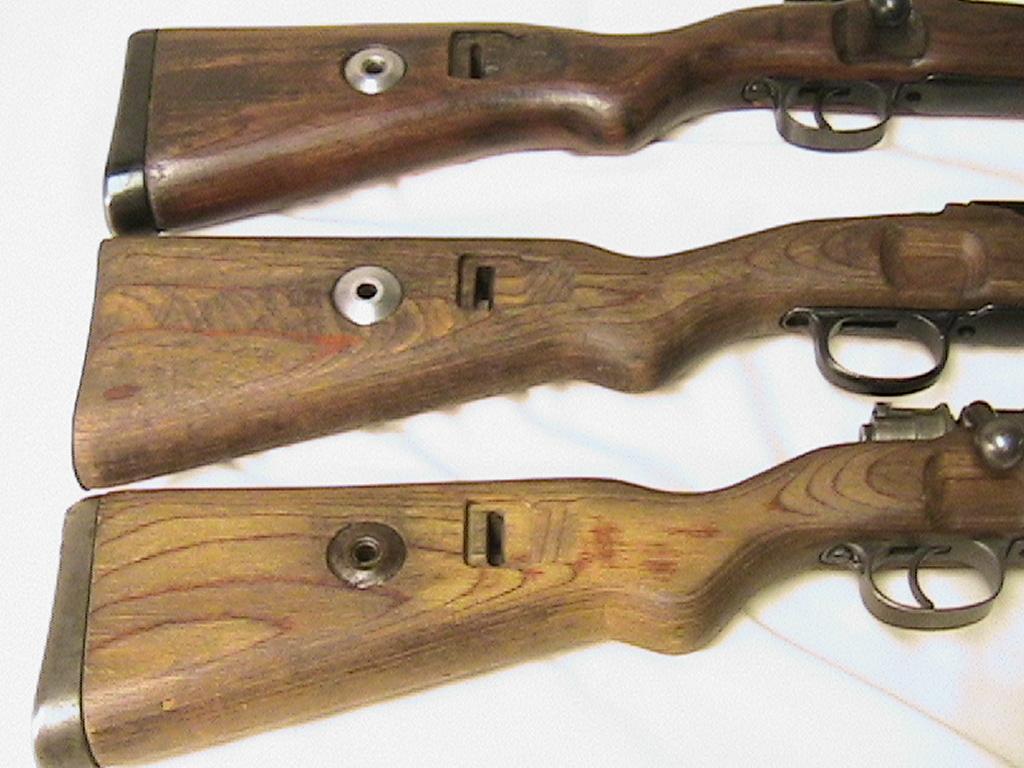
At the close of the 1940's, however, Norway found itself increasingly under the US-dominated western sphere of political influence. Initially, Norway issued the rifles in the original 8mm Mauser chambering. Additionally, when one encounters replaced parts on earlier vintage rifles refurbished in Norway, the liklihood of finding late-war parts used as replacement is exceedingly high. The latest codes one are likely to encounter date to 1943, and as such, it can be safely assumed that the late-war production rifles in Norway were among the first rifles to be parted out, the production quality of the barrels and receivers having been sacrificed to the exigencies of war.
#Mauser k98 stocks for sale serial number
Serial number and maker code observations tend to support the theory that approximately 200,000 to 250,000 rifles were made serviceable, while the remainder were scrapped for spare parts. In fact, there were far more K98k rifles available than there were men in the Norwegian armed forces, so a number of rifles were broken down for spares. On the other hand, vast quantities of Wehrmacht equipment was readily available and Norway wisely chose to adopt most of it for its own use. When the war concluded, the Norwegian government had no organized armed forces to speak of, and even fewer arms than men, mostly outdated Krag Jorgensen rifles. It has been estimated that on the order of 300,000 to 350,000 K98k rifles were turned in to Norwegian authorities. When the surrender came there were no fewer than 400,000 German troops in Norway, which at that time had a population of barely 4 million. Norway was occupied by German forces throughout the bulk of the war and when the Reich surrendered to allied forces in 1945, General Franz Böhme announced the unconditional surrender of German troops in Norway on May 7, the same day as Jodl signed the unconditional surrender document on behalf of the Third Reich, Hitler having committed suicide several days earlier. The "k" is for Kurz, which means "short" in German. The K98k was the primary infantry rifle for the German Wehrmacht during World War II. Note: Pics of rifle provided courtesy of moderator Claven2. (26 picture virtual tour) Observations: (by "Claven2")


Backbone of the Wehrmacht (The German K98k Rifle, 1934 - 1945) by Richard D Law" (1993) - ISBN: 0-88935-139-2 and Mauser Military Rifles of the World, 4th ed. 14,048,789 (Estimated 1934 - 1945 from Richard Law's calculations), though less than 250,000 are estimated to have been absorbed by Norway after 1945.


 0 kommentar(er)
0 kommentar(er)
